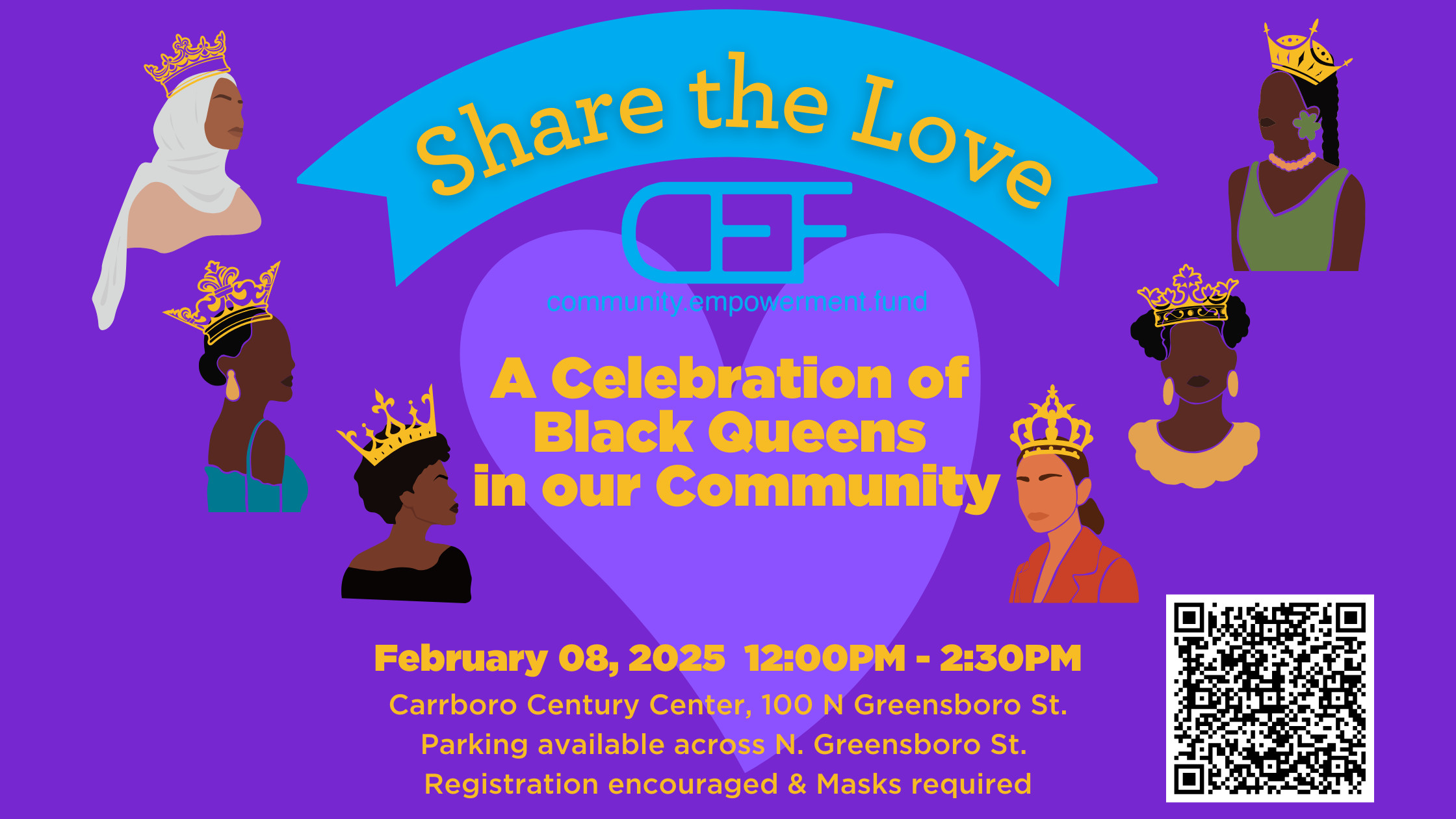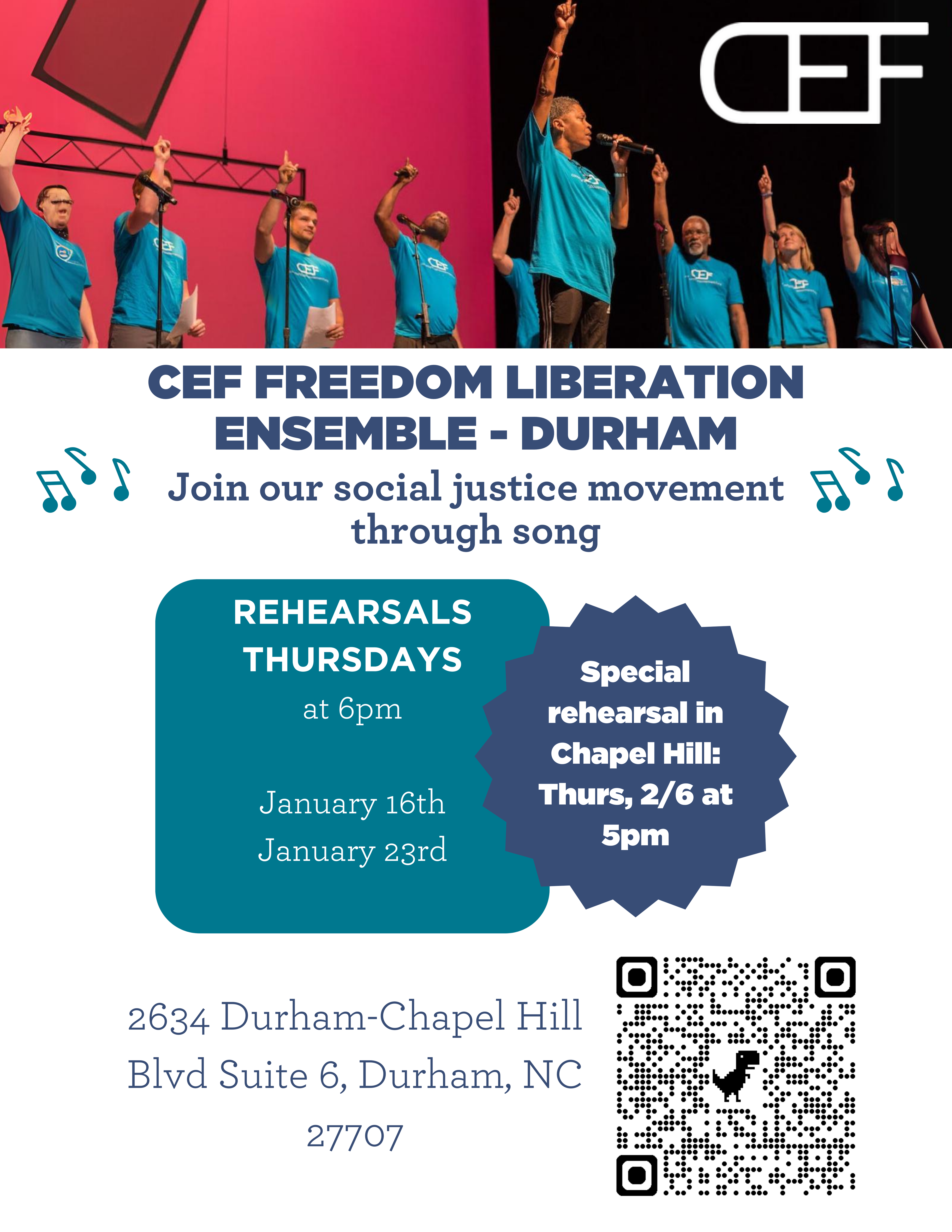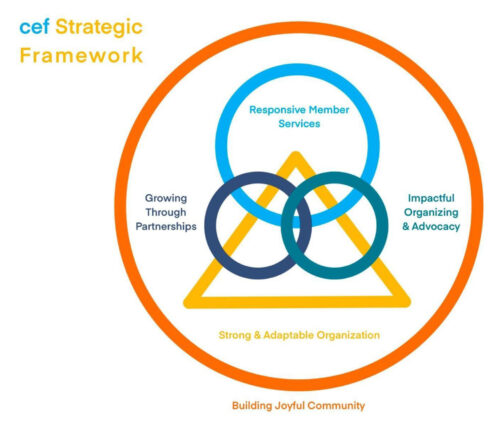The Community Empowerment Fund (CEF) is excited to announce that, as part of our organization’s 5-year strategic plan, we now offer 20% matches on savings goals for Members enrolled in our Safe Savings Account Program! CEF’s Safe Savings Account Program helps Members save for personal goals, such as school fees, security deposits, or emergencies.
Poor and working-class individuals who lack access to traditional banks often face exploitation by predatory lenders and unfair banking practices, like payday/pawn shop loans, check cashing services and high-interest credit cards. These alternative banking institutions frequently trap vulnerable community members in a cycle of debt and poverty.
When Members engage with CEF’s Safe Saving Program, they open Individual Development Accounts (IDA), which require no minimum balance, have no fees, and do not impact debt or credit history. No ID or proof of citizenship is necessary to open an account; however, a state-issued ID is required to cash checks. CEF can also write checks directly to vendors if needed.
To receive their 20% match, Members participate in eight 2:1 financial coaching sessions with CEF Advocates. We tailor these coaching classes to Members needs, aiming to boost their confidence in managing finances and ultimately empowering them to achieve financial freedom. Coupling savings goals and financial education with the IDA has proven effective in increasing short-term savings and long-term economic stability for working-class people across the country since the 1990s.
Don’t miss out on this chance to transform your financial future. Sign up today for CEF’s Safe Savings Account Program and start on the path to financial freedom with the support you deserve!












